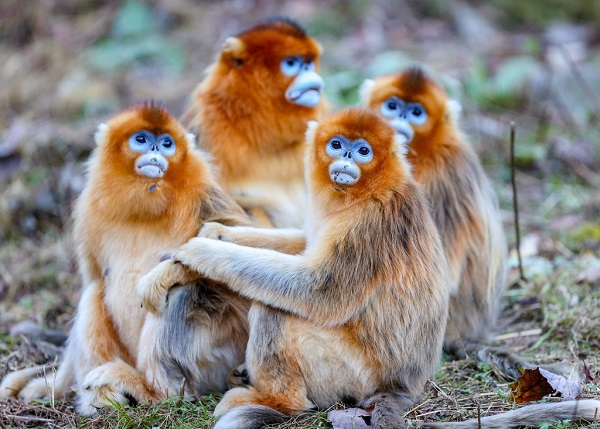Rapid Fire
China’s Wildlife Diplomacy
- 27 Oct 2025
- 2 min read
- China’s “Wildlife Diplomacy” has entered a new phase, with the loan of golden snub-nosed monkeys(Rhinopithecus roxellana) to European zoos (in France and Belgium) under a 10‑year agreement.
- These monkeys, unique to central China, are being positioned as new “animal ambassadors” potentially a successor to China’s famous panda diplomacy.
- China’s long‑standing use of animals as tools of diplomacy established the precedent for wildlife‑based engagement.
- China’s Panda Diplomacy: It began in 1957 when China gifted pandas to the Soviet Union, later sending them to the US in 1972.
-
Over time, this evolved into long-term leasing arrangements linked to conservation and scientific research collaborations.
- These initiatives aim to strengthen scientific ties and enhance China’s global image through wildlife diplomacy amid geopolitical tensions.
-
- Lessons for India: India as a nation rich in biodiversity, India can examine the role of iconic species (e.g., Bengal tiger, Indian rhinoceros) in its cultural diplomacy and conservation partnerships.
- These monkeys, unique to central China, are being positioned as new “animal ambassadors” potentially a successor to China’s famous panda diplomacy.
Golden Snub-nosed Monkey
- It is a primate species native to the mountainous forests of central and southwestern China.
- Classified as Endangered by the IUCN, the golden snub-nosed monkey is known for its golden-orange fur, blue face, and thick coat adapted to cold climates.
-
It also holds deep cultural significance in Chinese art and folklore, including associations with the Monkey King from classical literature.
|
Read more: Malaysia's Orangutan Diplomacy |







